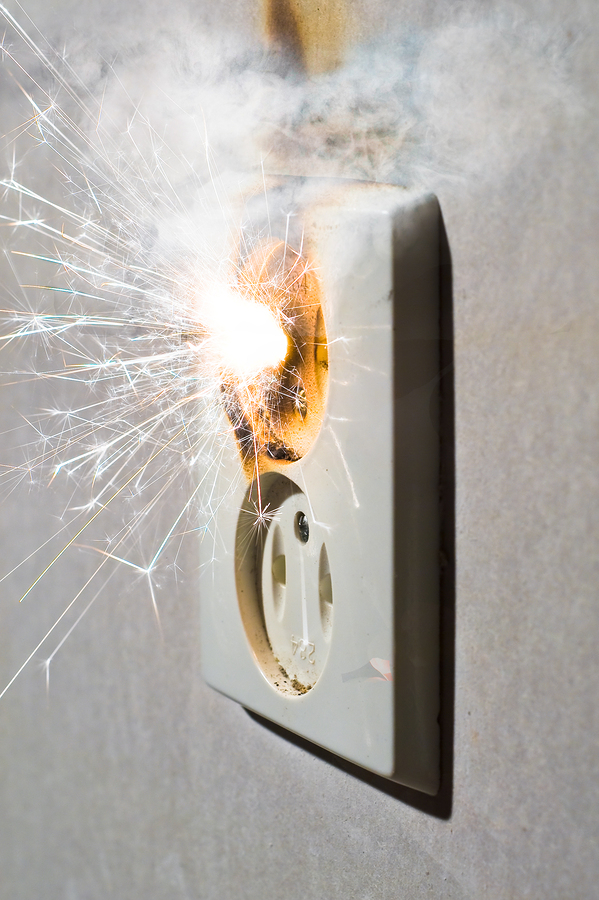There’s a silent threat in your home, one that you see constantly but you don’t know its capabilities. All that technology in your home? It runs on electricity. And electricity is the most dangerous hazard within the home—quiet, super-fast and strong.
It’s important that homeowners are diligent about the electrical hazards because of the power and speed of electricity.
These are some of the more common electrical hazards:
- Frayed or worn electric cords
- Wet floors, or counters, near where electricity is used
- Any appliance (i.e., radios, hairdryers, etc.) used near water (i.e., showers, baths, swimming pools)
- Multiple appliance plugs “piggy backed” (plugged one into another) on a single switch
- Use of electrical appliances that blow fuses, overheat or spark heavily
So how can you battle the silent terror in your home? The best way to reduce the threat of shock is by having a safety switch, or a residual current device (RCD), fitted within your home’s fuse box. It works by cutting off the power within a fraction of a second when there is faulty or wet wiring, or even when there is any electric current passing through a person. (While there will still be some injury, it will be much less serious to the person.)
Other ways to control the threat of electrical hazards:
- Always turn off an appliance before unplugging it
- If the appliance is not in use, turn off or unplug it
- When unplugging a device, hold the plug and not the cord
- Do not attempt to repair damaged, frayed or worn cords with tape—throw them out
- Avoid touching appliances or switches with wet hands
- Use plug-in covers to prevent children from poking fingers or objects into the points
- Have a professional repair faulty appliances, or throw them out
- Make sure outdoor appliances do not come into contact with water puddles
And, as always, call a licensed electrician for any repairs on faulty switches, power points or light fittings.

